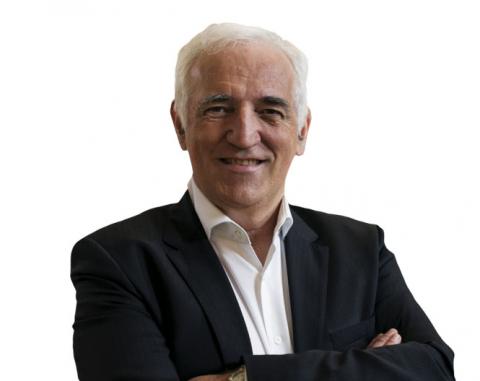The second workshop on energy for sustainable science ended with a clear conclusion: energy is a key parameter in future projects. When we design scientific experiments and the related infrastructures it is imperative to think ahead about how energy will be managed. At the same time, we can’t forget that our Organization, like other leading laboratories, was created when the climate was significantly different and when the concept of ‘sustainability’ hadn’t yet been coined!
This means that existing facilities have to adopt an energy policy that informs new projects but can also gradually implement changes in existing operations. This is what is happening at CERN and in many other research facilities, as presented in detail by the directors and energy managers of leading laboratories such as DESY, KEK, Fermilab, BNL and ESS (co-organiser of the workshop with CERN and ERF).
CERN’s energy coordinator Helfried Burckhart provided an overview of what we are doing to increase energy efficiency further and to reduce consumption, namely applying a coherent energy policy to the accelerator chain, to civil engineering works and to the re-use of waste heat.
Konstantinos Papastergiou talked about a proposal under discussion to consolidate the East Area of CERN’s accelerator complex. This part of the facility is powered in direct current. Changing this into pulsed operation would allow an energy saving that could offset the consolidation cost.
The IT department’s Wayne Salter presented an important energy saving made by improving the cooling efficiency in the data centre through small changes to the ageing existing infrastructure.
The GS Department created a model describing the estimated energy consumption of the CERN campus that comprises work, social and visitors facilities. Luigi Scibile (GS Department) displayed a map of CERN buildings illustrating their energy consumption and explained how the latest awareness of environmental impact is being applied to a new building under construction.
Some technologies developed for our scientific programme have applications in the green-tech world, such as the superconducting links for the LHC and the solar panels produced by the spin-off company SRB, based on high-vacuum technology.
Looking back at the Lund workshop in 2011, I can see how many initiatives have been put in place. Energy-awareness is slowly becoming part of the culture of research infrastructures. We look forward to the 2015 edition, where we aim to present even more sustainable scientific initiatives

